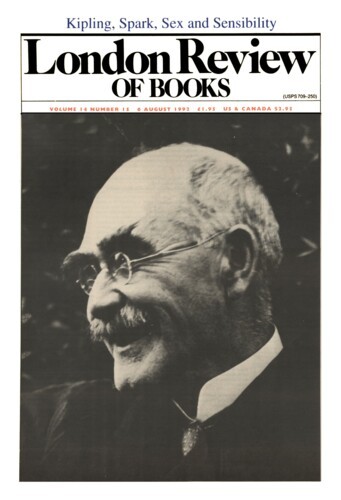Dorian’s Castle
Naomi Lewis, 6 August 1992
If you are already aware of John Gray (1866-1934), you may well have a particular interest in the 1890s, or in certain aspects of Catholicism. You may have fleetingly met the name in period biographies – Beardsley’s, Yeats’s, Wilde’s. Wasn’t Gray supposed to be model for ‘Dorian’? Or you may simply have come across an extraordinary poem called ‘The Flying Fish’, which more than anything has roused and tantalised curiosity. For the most part, though, Gray has vanished, even as a name. Partly, this is his own doing. During his lifetime he sought to obliterate first one, then another stage of his past. He destroyed or edited letters, poems, documents, and his relatives piously followed his seeming wishes, blocking research and even refusing verse to anthologists. Even today’s predictable learned papers (there is quite a busy Gray industry) are hardly accessible.’

